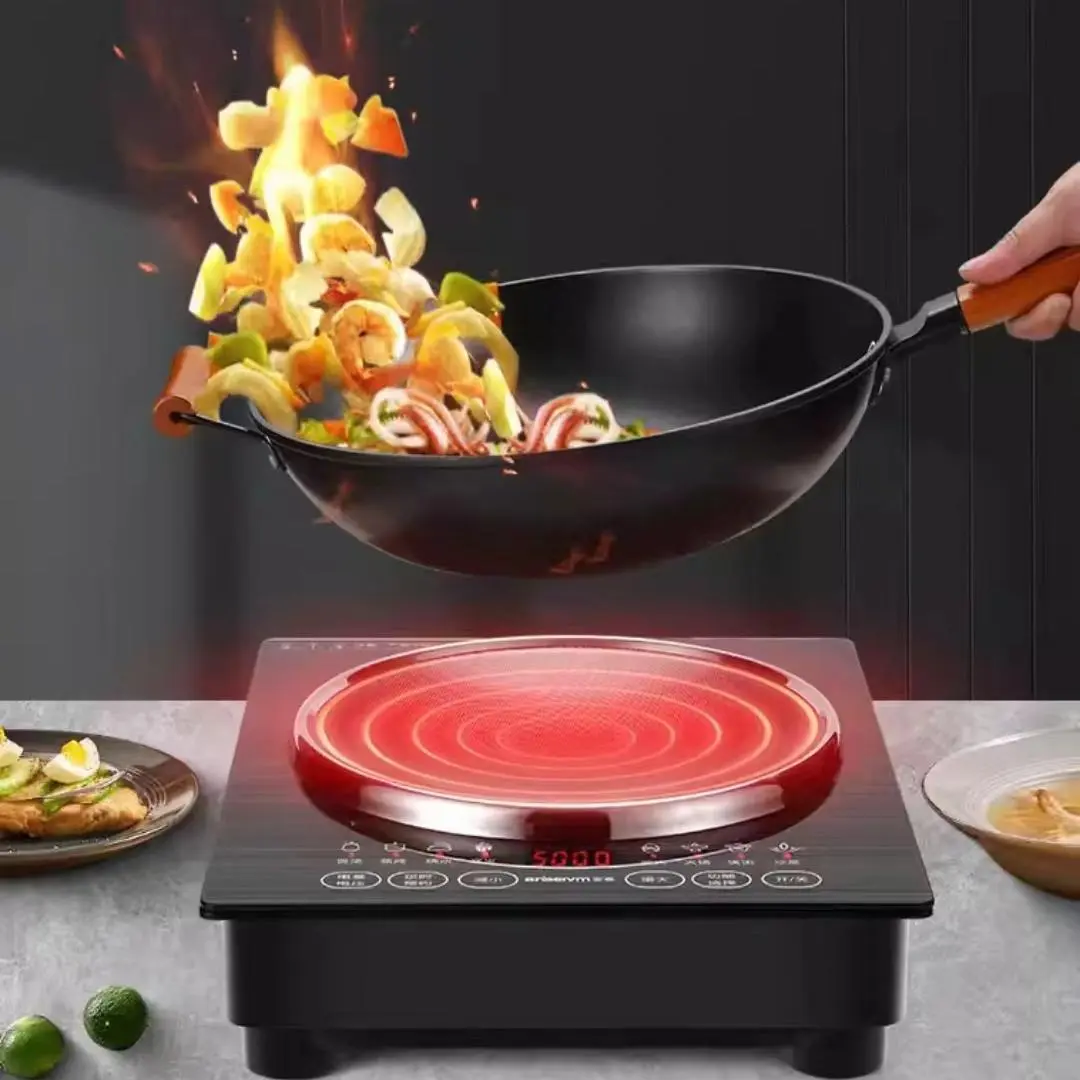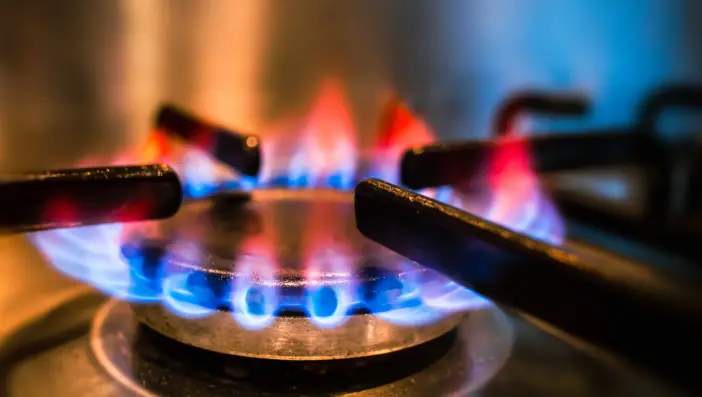With the diversification of modern kitchen technology, induction stoves and gas stoves have become mainstream cooking tools. Many people choose pots designed for induction stoves when upgrading their kitchenware, but the question that follows is: Can these induction stoves be compatible with traditional gas stoves?
How Induction Cooktops vs Gas Cooktops Work
How Induction Furnaces Work
Induction stoves heat the bottom of the pot directly through an electromagnetic field, requiring the pot to be made of magnetic materials (such as iron, stainless steel) to achieve fast and even heating.

How a Gas Stove Works
Gas stoves rely on open flames to burn gas, and the flame directly transfers heat to the bottom of the pot. There is no magnetic requirement for the material of the pot (such as aluminum, copper, and glass can all be used).

Can Induction Cooktops Be Used on Gas Stoves?
The answer is: in most cases, yes!
Induction cookers are usually made of magnetic stainless steel or cast iron, which are naturally resistant to high temperatures and have good thermal conductivity, making them perfectly suitable for heating with the open flame of a gas stove. However, there are a few things to note:
Material Compatibility
- Pros: The thick bottom design of induction cookware helps to conduct heat more evenly on the gas stove and reduce local overheating problems.
- Exceptions: Some induction cookware may have electronic components (such as temperature sensors). For such cookware, you need to check the instructions to confirm whether it can be used with open flames.
Design and Safety
- Bottom coating: If the bottom of the pot has a scratch-resistant coating, long-term exposure to flames may cause the coating to peel off, affecting the appearance.
- Heat resistance of the handle: The handle of an induction stove is usually made of heat-resistant material, but make sure it is far enough away from the flame to avoid the risk of melting.
Precautions for Using Induction Stoves
Cleaning and Maintenance
The flame of the gas stove may leave burnt marks on the bottom of the pot. It is recommended to wipe it regularly with a mild detergent and avoid scratching the surface with steel wool.
Avoid Empty Burns
Induction cookers have high heat conduction efficiency and dry firing may cause deformation or damage to the coating.
Check Manufacturer Instructions
Some high-end brands (such as All-Clad and Le Creuset) will clearly mark the compatibility of the cookware, and give priority to products marked “Multi-stove Compatible (Induction/Gas Compatible)”.
Pros and Cons of Induction Cooktops over Gas Stovetops
| Advantages | Benachteiligungen |
| Even Heating: Thick-bottom design reduces the issue of uneven heat distribution from the gas flame. | Weight: Induction cookware is often heavy, which can make stir-frying on a gas stove less convenient. |
| Durability: High-quality stainless steel or cast iron materials are resistant to high temperatures and wear. | Aesthetics: Prolonged use may cause discoloration of the cookware’s base or wear off coatings. |
How to Determine Whether Your Cookware Is Suitable?
Magnetic test: Use a magnet to check the bottom of the pot. If it is firmly attached, it is a magnetic material and is usually compatible with gas stoves.
Check the logo: If the bottom of the pot is printed with “Suitable for all stoves” or “Induction/Gas”, you can use it with confidence.
Trial observation: When using it for the first time, turn to medium or low heat to observe whether the pot is heated evenly and whether the handle is heat-resistant.
Schlussfolgerung
It is perfectly possible to use induction cooktops on gas stoves, and in most cases they perform well. However, you need to pay attention to the materials, design, and maintenance details to extend the life of the cooktops.
If you plan to buy new cooktops, it is recommended to choose products that are clearly marked as multi-hob compatible to increase kitchen flexibility.
